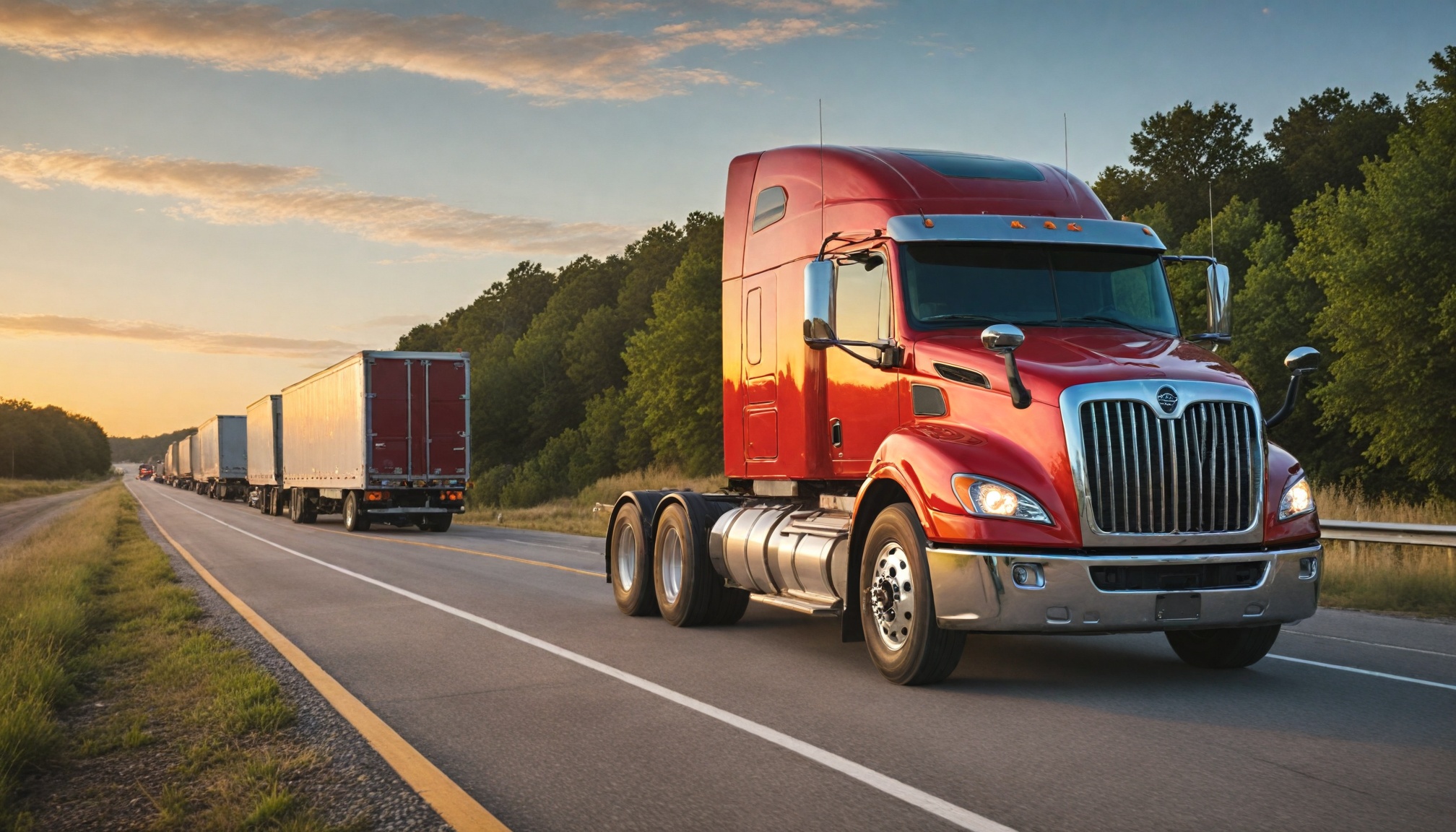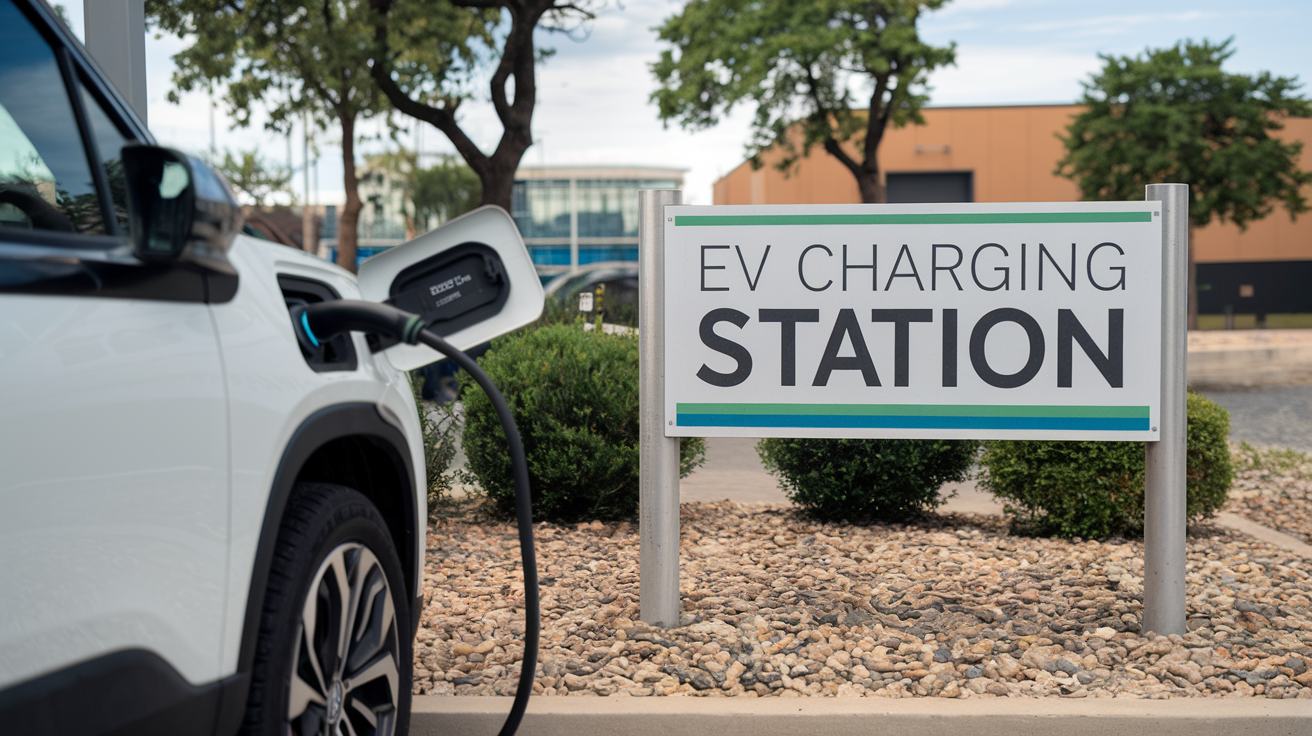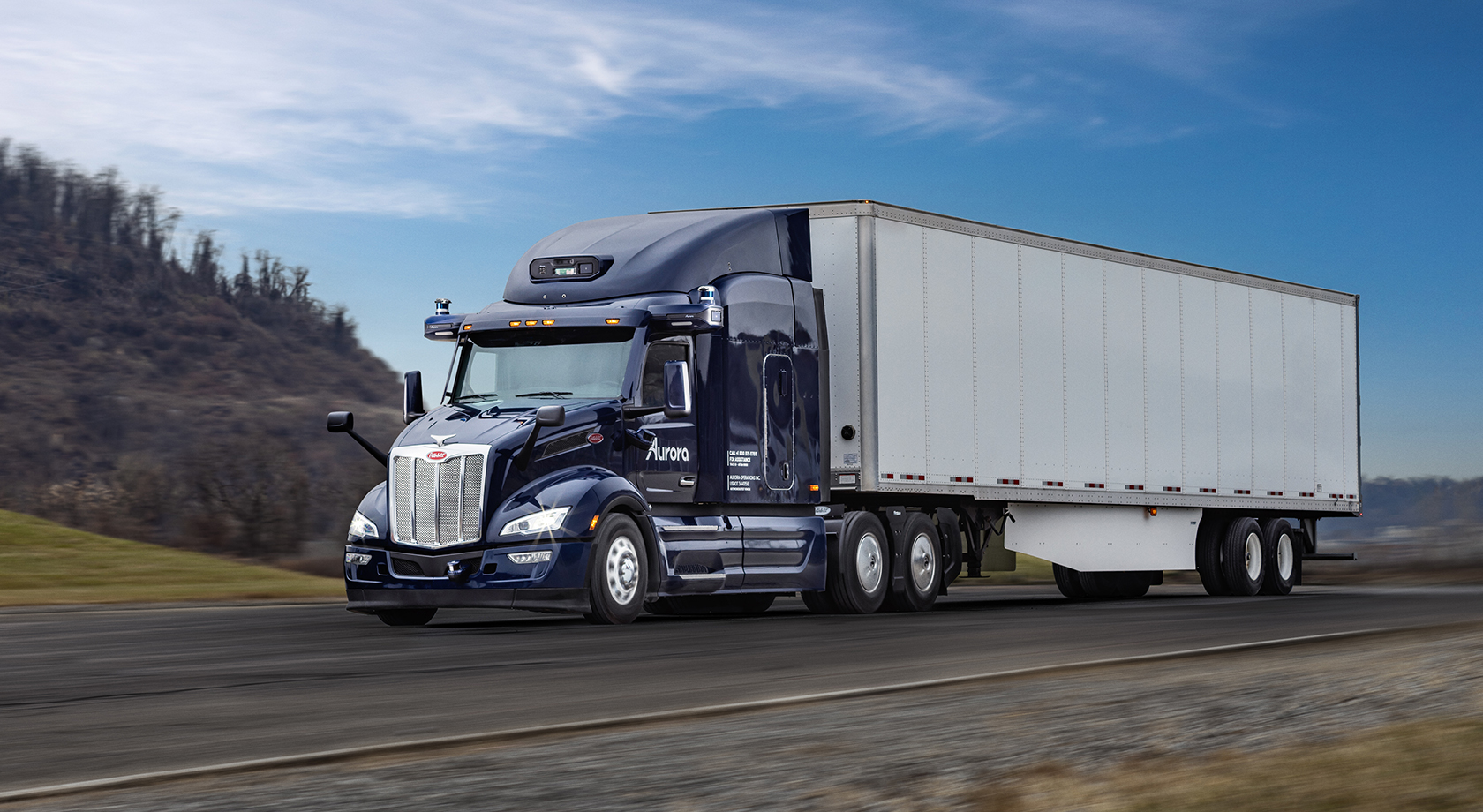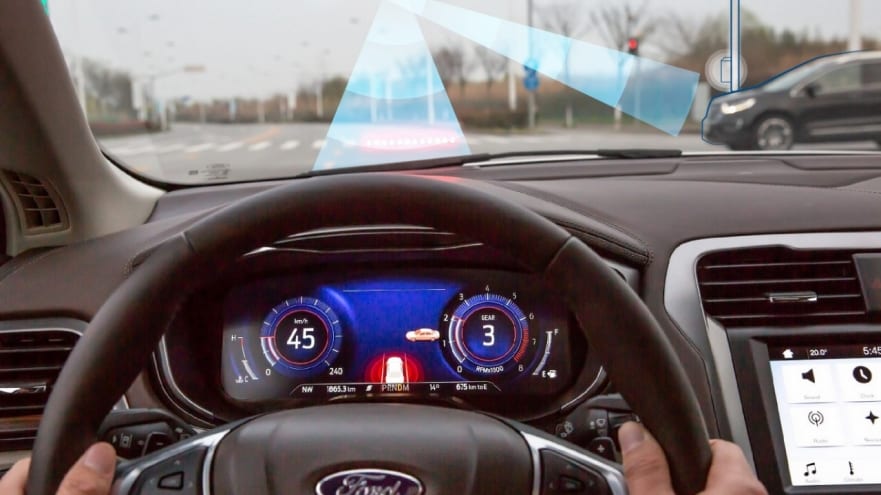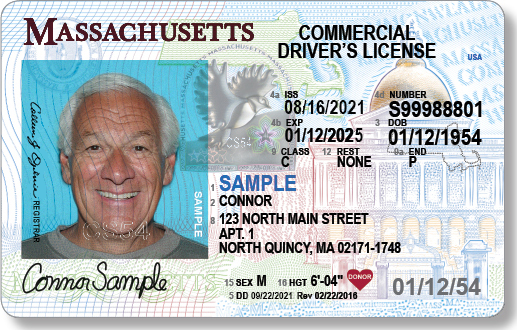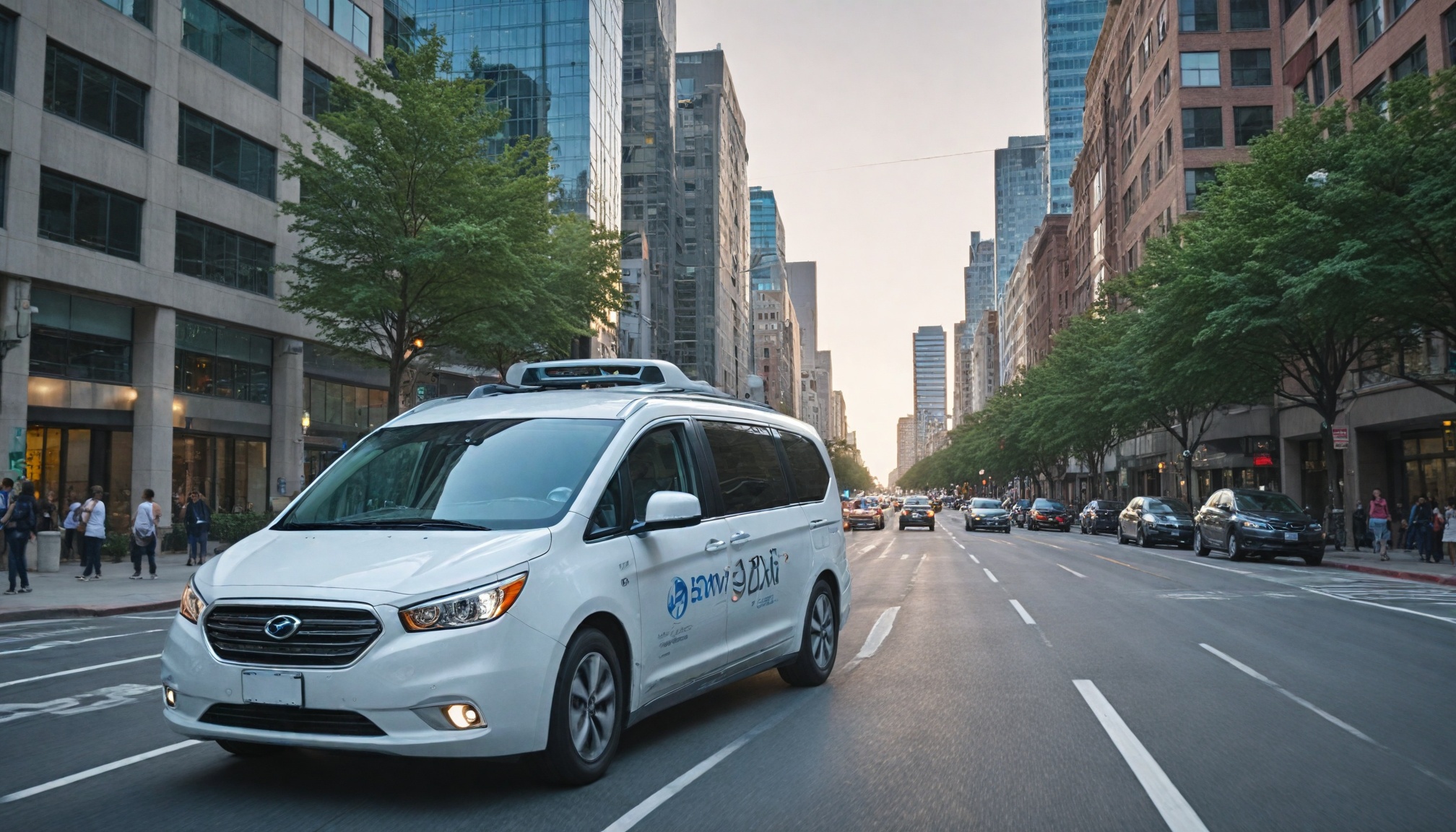
Autonomous vehicles reshape urban transportation with sales expected to double by 2025, transforming city design and improving mobility while creating a $4.45 trillion market by 2034.

Drivetech Partners
Autonomous vehicles are rapidly transitioning from experimental technology to essential components of urban transportation systems, with global sales reaching 5.42 million units in 2023 and projected to double by 2025. This shift represents not just a change in how we commute but a fundamental transformation of urban landscapes, as cities adapt infrastructure, regulations, and public spaces to accommodate the unique capabilities and requirements of self-driving vehicles.
Key Takeaways
The autonomous vehicle market is projected to grow from $273.75 billion in 2025 to $4.45 trillion by 2034, representing one of transportation's fastest-growing sectors
Over 50 urban areas are piloting first-mile/last-mile AV shuttle programs to extend the reach of existing transit networks
AVs could free up vast amounts of urban land by requiring less parking space, potentially transforming city layouts
V2X (vehicle-to-everything) connectivity enables real-time data exchange between vehicles and infrastructure, optimizing traffic flow
The technology could significantly improve mobility for elderly and disabled populations while reducing traffic fatalities
The Rise of Self-Driving Technology: From Novelty to Urban Necessity
Autonomous vehicles (AVs) have quickly evolved from futuristic concepts to practical urban mobility solutions. The accelerated adoption rates are remarkable, with global sales projected to reach 10.67 million units by 2025. This rapid growth reflects both technological advancements and increasing public acceptance of self-driving vehicles as viable transportation options.
The economic impact is equally impressive. The market valuation is expected to surge from $273.75 billion in 2025 to a staggering $4.45 trillion by 2034. This represents one of transportation's fastest-growing sectors and signals a fundamental shift in how urban mobility is conceived and delivered.
Commercial deployments are gaining momentum, particularly in the form of robotaxi services. Industry analysts project these fleets will operate in 40-80 cities globally by 2035, with China and the US leading this transportation revolution. Meanwhile, the autonomous bus market is growing at a 20% CAGR and is set to reach $2.5 billion by 2025, with over 35 cities already testing self-driving public transit solutions.
Transforming Public Transit: Integration and Accessibility
One of the most promising applications of autonomous vehicle technology is in addressing the "first-mile/last-mile" challenge that has long plagued public transportation systems. Over 50 urban areas worldwide are currently piloting AV shuttle programs designed to connect riders between transit hubs and their final destinations, making public transportation more convenient and accessible.
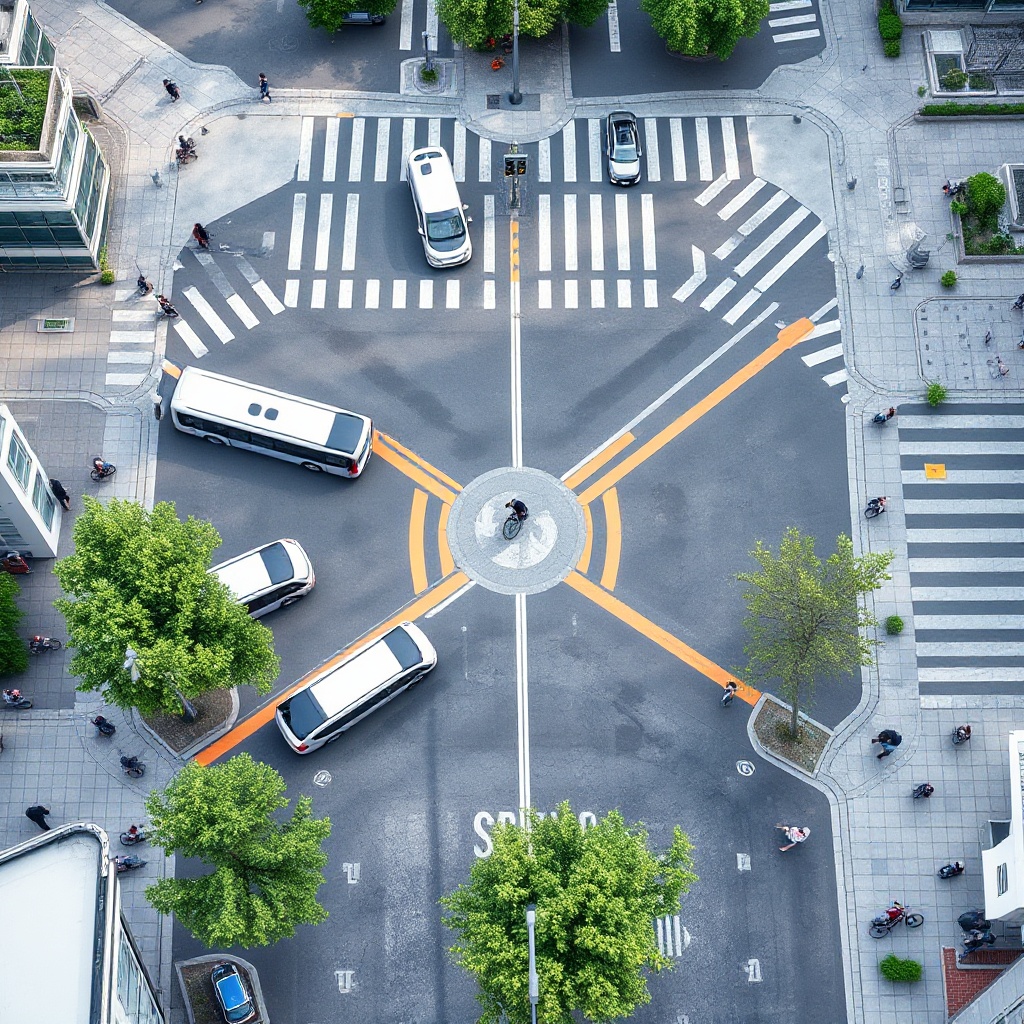
Autonomous shuttles enable more efficient, scalable, and accessible public transportation options, particularly benefiting users with mobility impairments. By removing the constraints of driver availability and fixed routes, these systems can adapt to passenger needs more dynamically while potentially reducing operational costs.
The integration of AVs into public transit networks has the potential to trigger a significant modal shift away from private vehicle ownership toward Mobility-as-a-Service (MaaS) platforms. Real-world deployments are already demonstrating how AVs can extend the reach and effectiveness of existing transit networks while improving service frequency and reliability in ways that were previously cost-prohibitive.
The Intelligence Behind the Wheel: AI and Connected Vehicle Systems
Modern autonomous vehicles utilize sophisticated artificial intelligence, machine learning, and sensor fusion technologies to navigate complex urban environments. These systems process massive amounts of data from cameras, lidar, radar, and other sensors to create a comprehensive understanding of the vehicle's surroundings and make split-second driving decisions.
V2X (vehicle-to-everything) connectivity enables real-time data exchange between vehicles, infrastructure, and traffic management systems. This continuous communication network allows AVs to anticipate traffic conditions, coordinate movements, and respond to changing road situations far more effectively than human drivers.
Major AV operators are investing heavily in R&D to advance these technologies. Companies like Uber are spending $125-$200 million quarterly on self-driving technology development, reflecting the strategic importance of autonomous capabilities to the future of transportation services.
Dynamic route optimization systems are being developed to reduce "empty miles" (vehicles traveling without passengers) and integrate with traffic management. These systems aim to maximize efficiency by constantly recalculating optimal routes based on real-time traffic conditions, passenger demand, and system-wide transportation needs.
Reimagining Urban Spaces: From Parking Lots to People Places
Perhaps one of the most transformative aspects of widespread AV adoption will be its impact on urban design. AVs require less road width and parking space, potentially freeing up vast amounts of urban land for new uses like parks, housing, or commercial development. Current estimates suggest that parking facilities occupy up to 30% of land in some city centers – space that could be reclaimed for more productive and people-centered uses.
Local zoning codes are already being updated to address reduced parking demand, new passenger loading requirements, and changing land use patterns. Cities are beginning to rethink minimum parking requirements for new developments, anticipating a future where shared autonomous vehicles reduce the need for private car ownership and storage.
The shift toward shared AV usage could catalyze denser, more walkable urban development and mixed-use neighborhoods. By reducing the need for extensive parking infrastructure, developments can dedicate more space to housing, retail, and public amenities, creating more vibrant and economically productive urban environments.
Cities are also beginning to plan for the transition period where conventional and autonomous vehicles must coexist in shared spaces. This requires careful consideration of street design, signage, and infrastructure that can accommodate both driving paradigms while prioritizing safety for all road users.
Traffic Management Challenges: Congestion or Solution?
The impact of autonomous vehicles on traffic congestion depends heavily on ride-sharing adoption rates and regulatory frameworks. If AVs primarily serve as single-occupancy vehicles, they could potentially worsen congestion by increasing the number of vehicles on the road, particularly if "empty miles" (vehicles traveling without passengers) become common.
However, AVs also offer significant potential benefits for traffic management. They can travel closer together safely, dynamically reroute around bottlenecks, and coordinate with traffic systems to optimize flow. Their precision driving capabilities could effectively increase road capacity without physical expansion.
There's a critical need for policies ensuring AVs complement rather than compete with mass transit networks to prevent overall system inefficiency. Cities will need to implement strategic incentives and regulations to encourage high-occupancy AV use and integration with existing public transportation systems.
The most promising scenarios involve centrally coordinated fleets of shared autonomous vehicles that operate as extensions of public transit networks, filling gaps in service while minimizing redundancy and empty vehicle movements.
Navigating the Regulatory Landscape: Safety, Standards and Frameworks
The regulatory environment for autonomous vehicles is rapidly evolving to keep pace with technological advancements. The 2025 Autonomous Vehicle Acceleration Act aims to modernize U.S. safety standards and remove certification barriers that currently limit AV deployment.
The National Highway Traffic Safety Administration's AV STEP program is increasing transparency by requiring detailed safety performance reporting from manufacturers. This creates a framework for ongoing safety assessment and improvement as autonomous technology continues to develop.
Key regulatory challenges include establishing clear definitions for automation levels, liability frameworks, and cybersecurity standards. Questions about who bears responsibility in the event of accidents involving autonomous vehicles remain complex, requiring new legal frameworks that address the unique nature of machine decision-making.
International coordination is needed to develop global standards for safe AV deployment and cross-border operation. Inconsistent regulations across jurisdictions could significantly complicate broader AV adoption, particularly for commercial fleets that operate across multiple regions.
The Human Element: Social Impact and Equity Considerations
Autonomous vehicles hold tremendous potential for positive social impact, particularly in safety. With human error causing over 90% of crashes, AVs could lead to a dramatic reduction in traffic fatalities once the technology matures and becomes widely deployed.
Improved mobility access for elderly, disabled, and transportation-disadvantaged populations represents another significant benefit. AVs could provide newfound independence to those who cannot drive due to age, disability, or economic constraints, expanding access to employment, healthcare, education, and social activities.
However, workforce displacement concerns cannot be ignored. Professional drivers—including taxi, bus, and truck operators—are particularly vulnerable to automation. This transition will require thoughtful policies for worker retraining and support to minimize economic disruption.
Privacy and data security issues arise from constant vehicle connectivity and location tracking. The vast amounts of data generated by autonomous vehicles raise important questions about who owns this information, how it can be used, and how to protect individual privacy while enabling the connectivity that makes AVs effective.
There's also a pressing need for equitable deployment ensuring benefits reach all communities, not just affluent urban centers. Without deliberate planning, AV technology could exacerbate existing transportation inequities rather than alleviating them.
Beyond Passenger Transport: The Broader Autonomous Ecosystem
The autonomous revolution extends beyond passenger vehicles. Urban delivery robots, autonomous trucks (platooning), and delivery drones are forming a complementary AV ecosystem for goods movement and logistics. These technologies are already being deployed in limited settings, with rapid expansion expected as regulations adapt.
Last-mile delivery automation is reducing costs while improving efficiency and environmental impact. Small autonomous delivery vehicles can navigate dense urban environments more efficiently than traditional delivery vans, reducing congestion and emissions while improving service reliability.
Multi-modal autonomous networks are emerging where different vehicle types serve different transportation needs. This ecosystem approach recognizes that no single vehicle type can optimally address all urban mobility requirements, leading to specialized solutions for various contexts.
Growing public acceptance of smaller autonomous vehicles for specific use cases is building a foundation for broader AV adoption. As people become comfortable with limited applications like campus shuttles and delivery robots, this familiarity may accelerate acceptance of more extensive autonomous transportation systems.
Sources
Market.us News - Autonomous Vehicles Statistics and Facts
World Economic Forum - Autonomous Vehicles 2025 Report
Autofleet.io - State of Autonomous Vehicles: 2025's AV Push Toward a Driverless Future
World Economic Forum - Autonomous Vehicles Technology Future
PatentPC - Autonomous Vehicles in Public Transport
